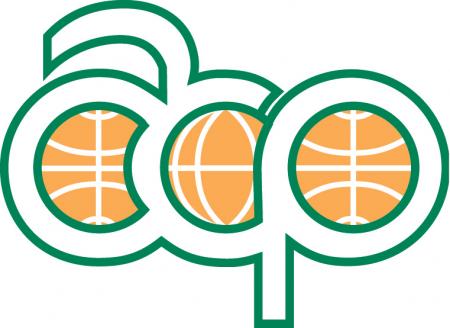Report of the Third (3rd) South Pacific National Parks & Reserves Conference, Apia, Western Samoa, 24 June - 3 July 1985 : conference report (Vol. 4) : report on conference arrangements
In recognition of the need for National Parks and protected areas in the South Pacific, the New Zealand Government hosted the First South Pacific Conference on National Parks and Reserves in 1975, in association with the South Pacific






